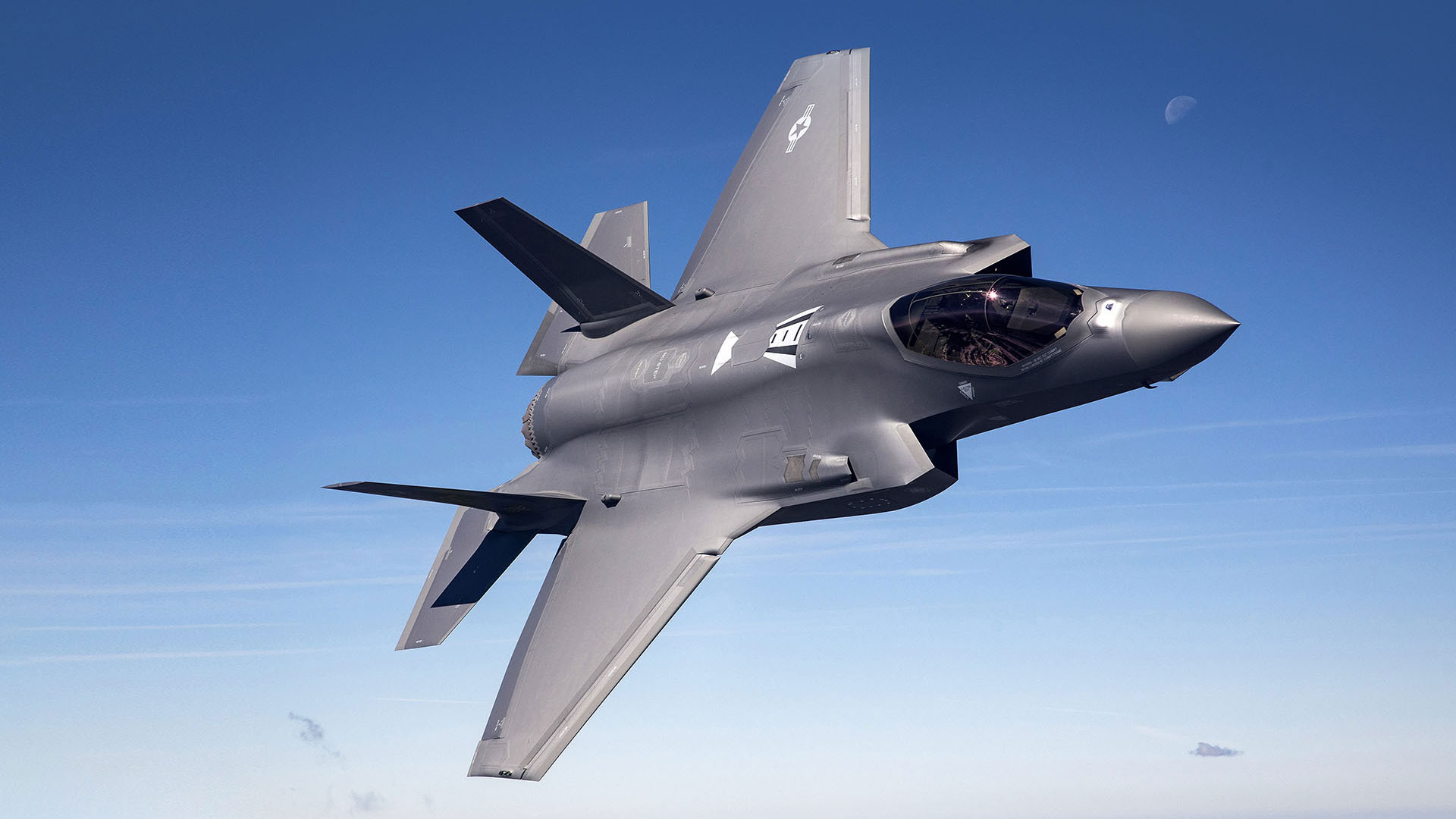How the F-35 Connects the Battlespace
You’re an F-35 pilot patrolling on the outskirts of a sprawling coastal city. A hostile force is closing in on the coastline. They’re advancing with ground forces, electronic jamming tech, and lethal drones are swarming toward you.
Are you ready?
You’re ready, because the F-35 provides unparalleled interoperability and enables rapid coordination.
You’re ready, because you can use the intel to direct nearby ground units to intercept the convoy.
You’re ready, because as the autonomous swarm gets closer, the F-35 springs into action, you share intelligence to direct other assets to engage the drones. This allows the team on the ground to refocus on securing the ground.
Just when the enemy jammers attempt to disrupt communications, the F-35 redirects intelligence and provides a clear tactical picture of enemy positions. This real-time situational awareness allows ground forces to move confidently, knowing exactly where the threats are coming from.
The combined air-ground operations culminate in a swift deterrence of enemy forces, and key infrastructure remains secure. Thanks to advanced aircraft real-time information-sharing and coordination capabilities, your team was equipped to outmaneuver the threat—mission accomplished.
The F-35 is a prime example of how mission integration can move from concept to execution, enabling armed forces to achieve and maintain air superiority in increasingly complex threat environments. Mission integration refers to the ability to collect, process, and share critical information in real-time, allowing military personnel to make more informed decisions and respond more quickly to changing battlefield conditions. The F-35's advanced technologies enable it to collect, process, and share critical information in real-time, allowing it to counter increasingly complex threats. Some of the key technologies that enable the F-35 to do this include:
- Active Electronically Scanned Array Radar: The F-35's AN/APG-81 AESA radar is one of the most advanced radar systems in the world, featuring long-range active and passive air-to-air and air-to-ground modes, supporting a full range of missions.
- Distributed Aperture System: Six infrared cameras mounted around the aircraft collect real-time imagery displayed in the F-35's helmet, providing pilots with a 360-degree view of their surroundings.
- Electro Optical Targeting System: The stealthy EOTS is integrated into the F-35's fuselage and provides extended range detection, precision targeting against ground targets, and long-range detection of air-to-air threats.
- Helmet Mounted Display: The F-35's helmet is one of the most advanced pieces of technology on the planet, with a next-generation interface that gives pilots access to vast quantities of information. The helmet's virtual capabilities enable pilots to access critical information and targeting data in real-time, allowing them to make more informed decisions and respond more quickly to changing battlefield conditions.
The F-35's advanced sensor fusion technologies create a single integrated picture of the battlefield, enabling pilots to access critical information and make more informed decisions in real-time. By combining these technologies with its other capabilities, the F-35 enables armed forces to achieve and maintain air superiority, and to dominate the battlefield.




